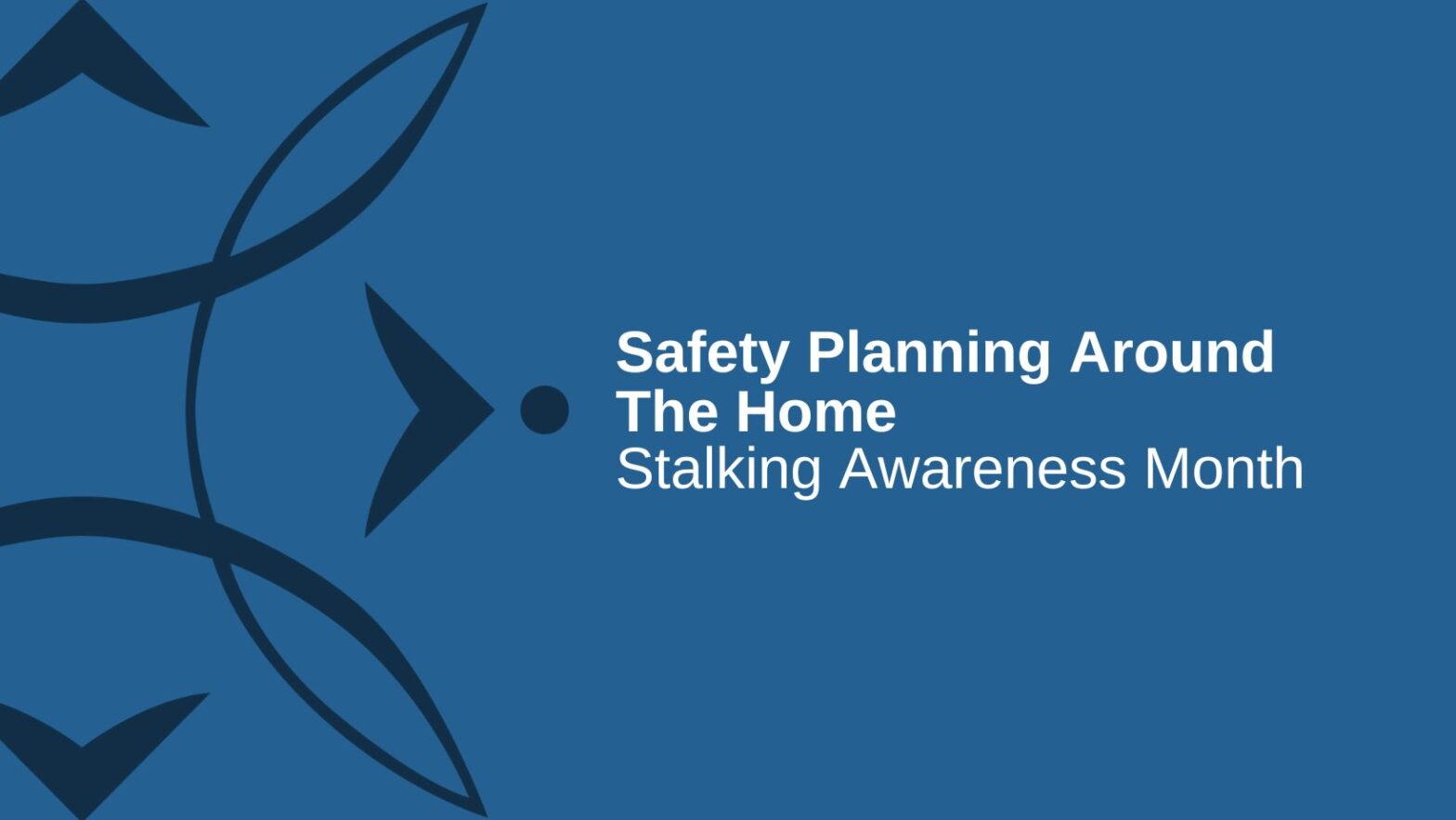Stalking Awareness Month: Housing Safety Toolkits From Local Agencies
Post Date: January 31, 2024
January is National Stalking Awareness Month. In many cases, stalkers will push the boundaries of their victims, causing their victims to constantly be on high alert. Environmental design is a form of safety planning that can have a positive effect on preventing crime and supporting community connectedness. The Rape and Abuse Crisis Center (RACS) and the Metropolitan Organization to Counter Sexual Assault (MOCSA) have created two separate toolkits on environmental design as crime prevention.
Stalking is defined by the Stalking Prevention and Awareness Resource Center (SPARC) as “a pattern of behavior directed at a specific person that would cause a reasonable person to fear for the person’s safety or the safety of others; or suffer substantial emotional distress.” Stalkers may target an individual or their home by following them, invading property, or causing damage.
Crime Prevention Through Environmental Design (CPTED) promotes safety by considering various aspects of community design. According to MOCSA’s Community by Design: Neighborhood Safety, simple changes can be made to visibility, availability of directions, neighborhood connectedness, and the maintenance of space. People are discouraged from engaging in unsafe behavior if they feel there are strong neighborhood connections and properties that are well-maintained by their owners. Additionally, using environmental design to promote a safe neighborhood also promotes a strong sense of community by engaging residents in maintaining a safe space.
Environmental design can be used as a form of safety planning. According to SPARC’s Stalking Safety Strategies toolkit, safety planning around the home includes informing neighbors, identifying escape routes, and using documentation strategies such as home surveillance cameras. RACS’s Community Prevention Neighborhood Toolkit promotes many of these strategies using the natural design of the property. Using full cutoff lighting, creating clear paths to the entry points of the property, and creating trusting relationships with neighbors are all suggestions for neighborhood crime prevention that also work towards an individual’s safety plan.
MOCSA’s toolkit provides users with an assessment tool to examine their community through a safety lens. Each section of the assessment provides solutions easily maintainable by individuals in the community, as well as suggestions on ways to get local community groups and government involved with the implementation of CPTED.
RACS’s CPTED toolkit provides users with an in-depth guide on natural surveillance, territorial reinforcement, access control, and maintenance. Simple switches in lighting options or landscaping are examples of ways to better promote safety by increasing visibility and maintaining properties.
Access the toolkits today here:
